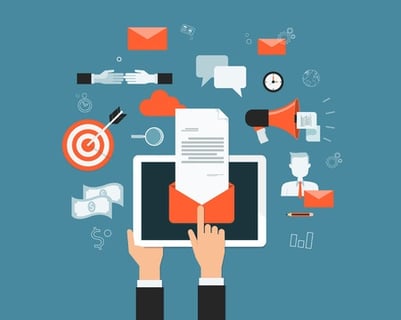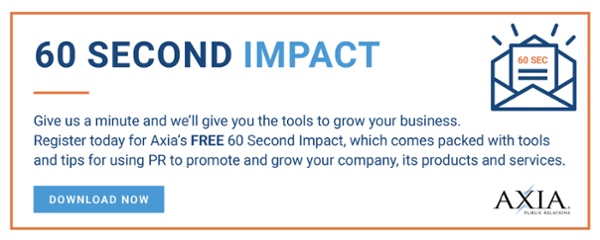 Why sending the right email to the right person still matters
Why sending the right email to the right person still matters
Have you heard anyone recently say “email is dead,” “all marketing emails are spam,” or other similar phrases? If so, let me tell you that email is not dead and is in fact still a very important factor in successful inbound marketing. Many traditional marketers have long used and abused email’s purpose by sending obnoxious messages to people who don’t want to receive them and who have learned how to tune them out. Nevertheless, email can still be extremely effective if marketers use proper inbound strategies to send the right email to the right person.
Everyone still uses email
Despite the rise of social media channels such as Facebook and Twitter, almost all consumers still use email and check their accounts multiple times a day. According to HubSpot, there are 4.3 billion email accounts, which translates to a lot of consumers that businesses can reach out to. It’s extremely easy for companies to display content in an email. Later, recipients can always search for specific emails in their inboxes in order to view the message again since an email that isn’t deleted by the user sticks around indefinitely.
Hubspot also states that 70 percent of consumers prefer email to other marketing communications. With email, consumers see the message on their own time. An email isn’t as interruptive as a phone call and there is a minimal chance that a potential customer would miss the message like they might a social media post. Email is extremely versatile and can provide numerous functions including closing leads into customers and delighting customers after a transaction.
Email strengthens relationships with customers
Unlike a typical social media blast, a good email is very personal and professional. An email from a company can simply be a friendly greeting, an offer of helpful resources and content, an answer to a customer service concern, a thank-you-for-your-business message and much more. Email is an exceptional way to delight customers and keep them wanting to continue business with your company in the future.
Best practices for email
Email is an effective marketing technique only when the sender ensures that the right person receives the right email at the right time. It is very important for marketers to follow these practices to ensure they’re sending emails with a purpose:
Focus on your audience
Companies must analyze their audiences and send emails only to recipients who match their target buyer personas. For instance, a company selling men’s clinical strength sports deodorant would not benefit at all from sending thousands of emails to middle-aged women. The company would turn more leads into customers by emailing young, athletic men ranging from 20 to 40. A well-written email can be very useful for gaining customers, but only if the right person is reading it.
Offer content that fits with your audience
Marketers should also pay close attention to what stage of the buyer’s journey their readers are in. Potential customers in the awareness stage are only just realizing they have an issue that needs fixing and don’t want to receive an email offering to sell them a product they know nothing about. They would rather receive a greeting email with helpful content and background information about their issue as well as your company.
By correctly utilizing the inbound methodology, a marketer can use email to attract readers to his brand, convert those readers into leads, close those leads into actual customers and finally delight those customers so they come back for more.
Send information that entices the reader
An effective email always attracts the attention of the reader and offers something of value. The key to writing a good email is to focus on offering content that potential customers actually want to read, not just information that you want to promote.
A long, boring, or confusing email will never entice a reader and will almost always be marked as spam within five seconds. Clear and concise messages written in large font and including pictures and logos are typically much more effective, as they are more demanding of readers’ attention. The purpose of the email should always be clearly spelled out in the subject line so your readers know exactly what they’re going to read before they have the opportunity to delete the message. An email should be engaging and compelling – not misleading. Action verbs are very effective, as they instruct the readers on exactly what they should do and act as calls to action.
Make it personal
Just because you’re sending an email to 10,000 people doesn’t mean you shouldn’t personalize it. Marketers should always address an email with the recipient’s name to make readers feel like they matter. It’s also a good practice to sign an email with the sender’s real name and not just the name of the company.
As HubSpot explains, “people like doing business with people.” Potential customers are much more likely to respond to an email if they feel like they’re engaging with a person, not a robot. An email should read like a friendly business conversation with captivating, action-oriented language that the reader will understand and react to.
Pauline Blum is studying marketing at Tulane University in New Orleans, Louisiana. She plans to graduate with a Bachelor of Science in marketing in 2017. Connect with Pauline on Facebook and Instagram @pollyblum.
Featured image credit: <a href="http://www.123rf.com/#
Topics: public relations, inbound marketing



Comment on This Article